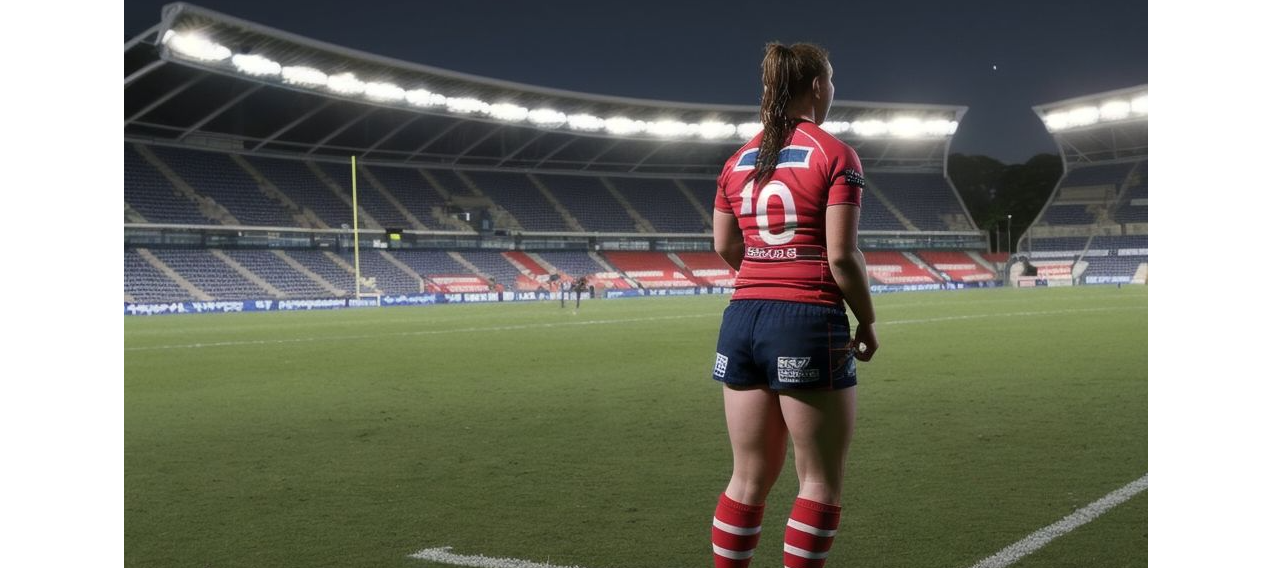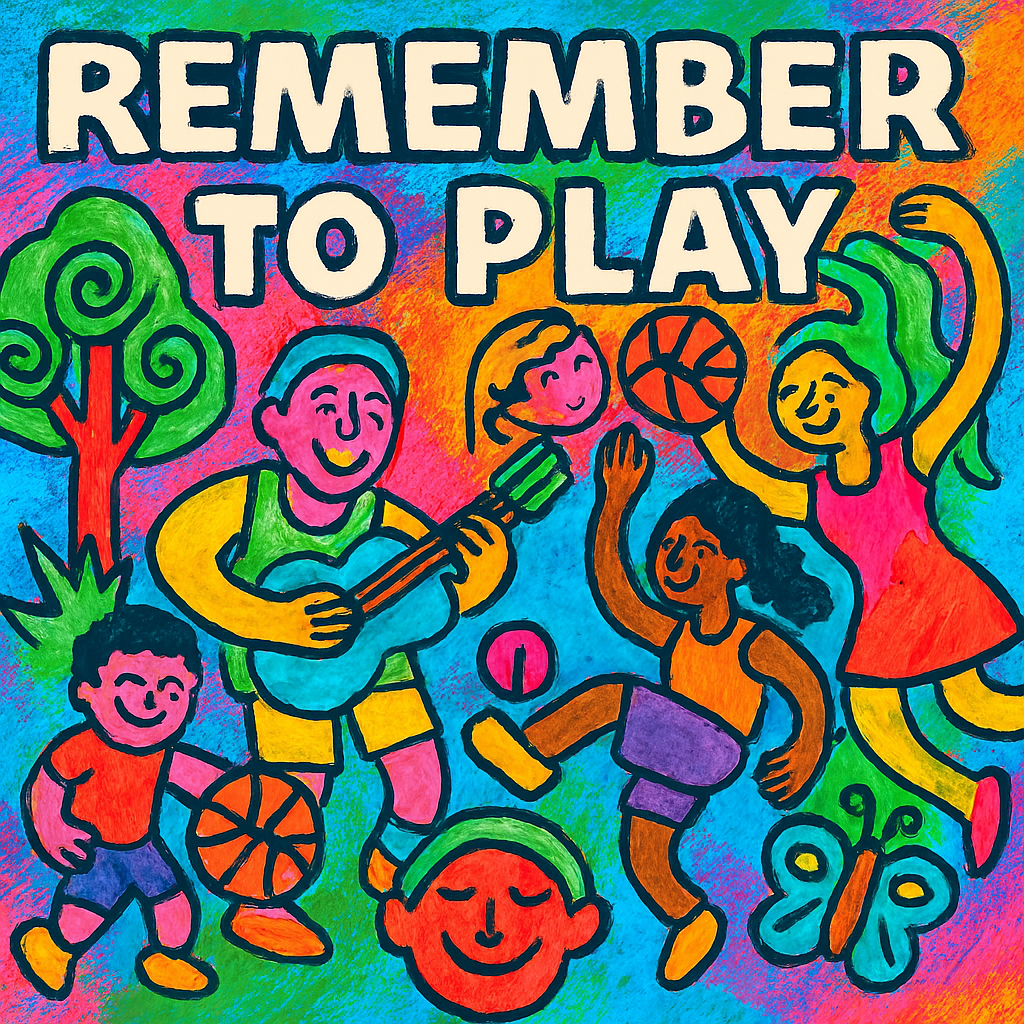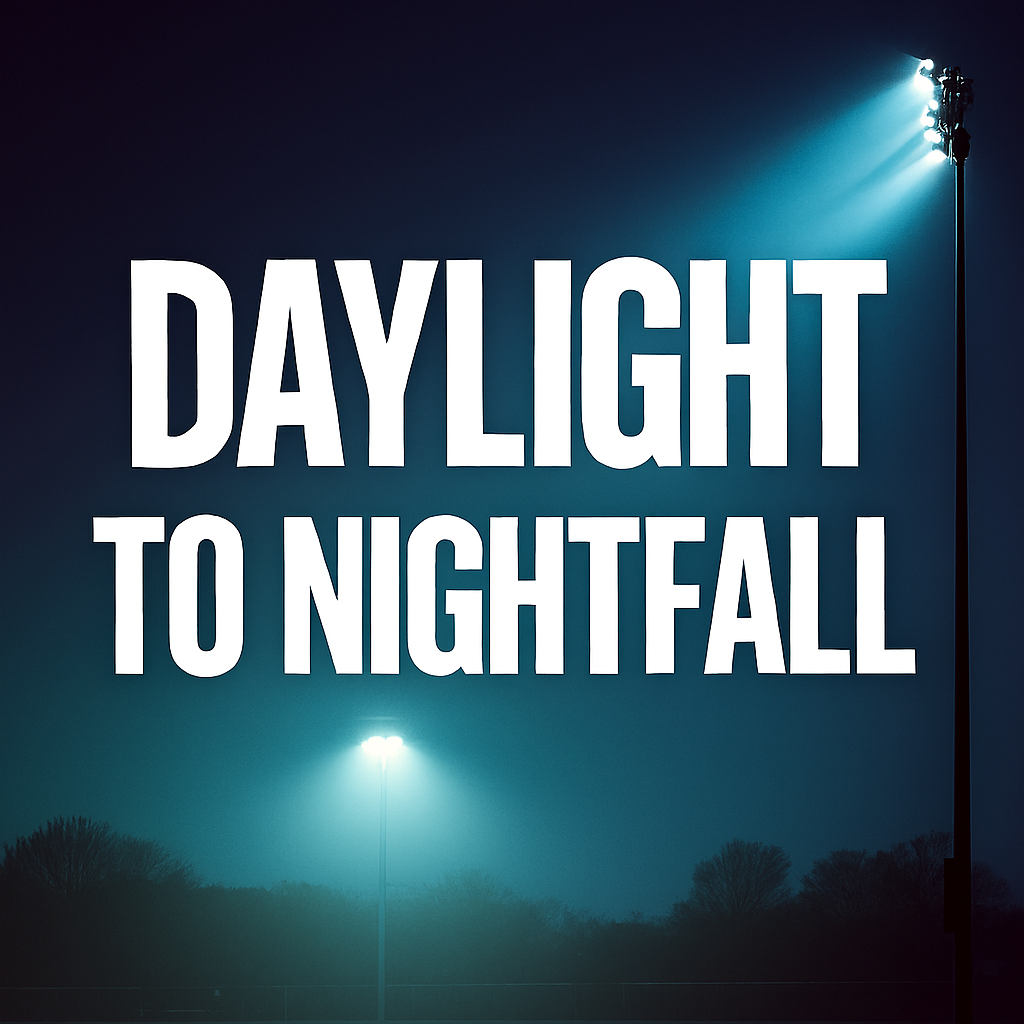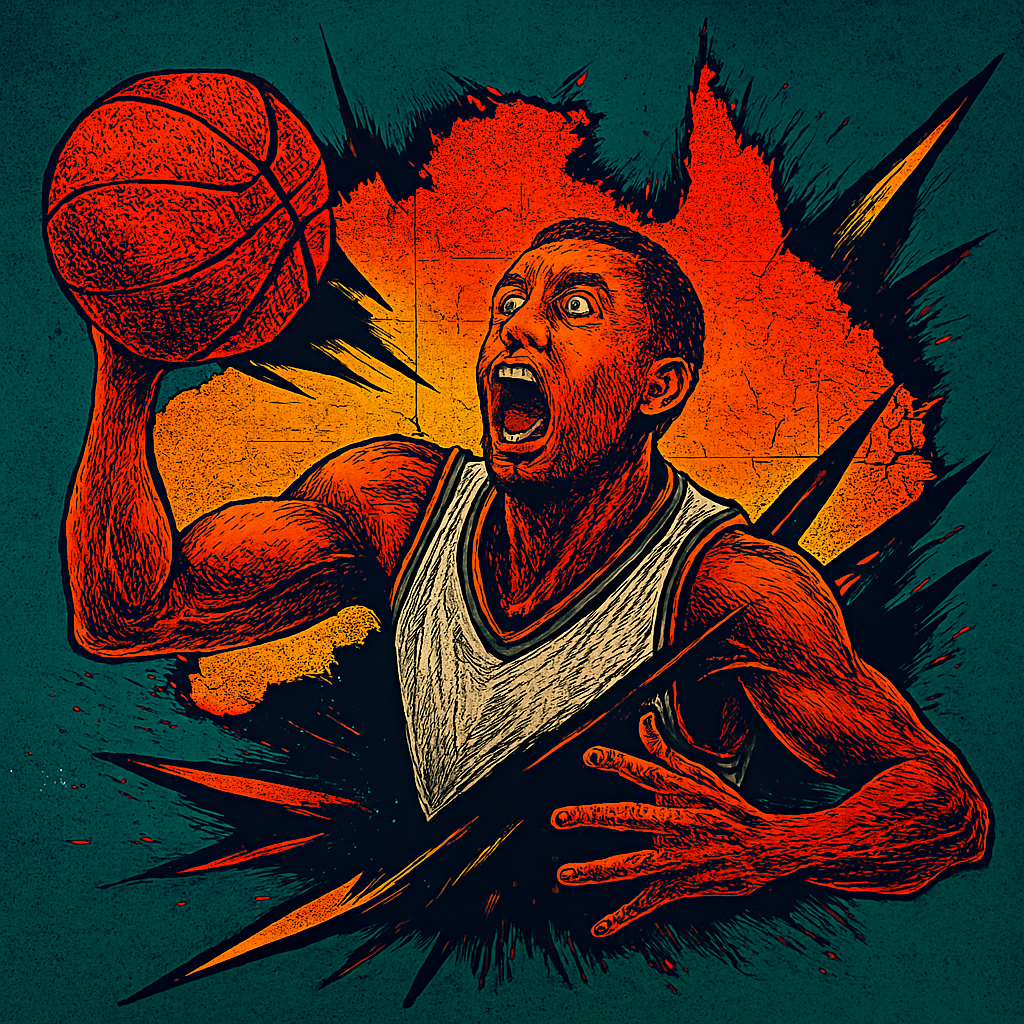NRLW Proving Women Can Match the Men in Strength and Toughness
The NRLW (National Rugby League Women’s) is a revolutionary force in the world of sports, illustrating the incredible strength, skill, and determination of female athletes. Serving as the women’s counterpart to the NRL, the NRLW has shown that women are more than capable of excelling in one of the toughest team sports globally.
The Rise of NRLW
Established in 2018, the NRLW marked a significant milestone for women’s sports in Australia. The league has quickly grown, attracting top talent and providing a platform for female athletes to showcase their incredible abilities. With teams such as the Brisbane Broncos, Sydney Roosters, and St. George Illawarra Dragons, the NRLW has become a beacon of excellence and a testament to the progress of women’s rugby league.

NRLW – Should Women Play Rugby League? Yes
Strength and Fitness
One of the most remarkable aspects of the NRLW is the physical prowess of its players. The women in the league are fitter, faster, and stronger than ever before. Pre-season training regimens are rigorous, emphasizing building upper and lower body strength, endurance, and overall fitness. Players like Rikeya Horne, Julia Robinson, and Simaima Taufa have shown significant improvements in their strength and fitness levels, proving that women can match men in terms of physicality.
Skill and Strategy
Beyond physical strength, NRLW players exhibit exceptional skill and strategic thinking. The game demands not just brute force but also finesse, agility, and tactical acumen. The women in the NRLW have demonstrated their ability to read the game, make quick decisions, and execute plays with precision. This combination of strength and skill makes the NRLW a thrilling and competitive league.
Breaking Barriers
The success of the NRLW has broken down barriers and challenged traditional gender norms in sports. Female athletes are no longer seen as mere participants but as formidable competitors who can hold their own against their male counterparts. The league has inspired young girls to pursue rugby league, showing them that women can excel in any sport, no matter how physically demanding.
Notable Achievements
The NRLW has seen numerous achievements and milestones, from record-breaking performances to individual accolades. Players like Ali Brigginshaw and Tamika Upton have become household names, known for their exceptional contributions to the game. The league has also produced standout moments, such as thrilling Grand Final matches and intense State of Origin clashes, captivating fans and showcasing the talent of the women in the NRLW.
The Future of NRLW
As the NRLW continues to grow, the future looks bright for women’s rugby league. The league is committed to expanding its reach, increasing participation, and providing more opportunities for female athletes. With ongoing support from fans, sponsors, and the broader rugby league community, the NRLW is poised to become an even more prominent and influential force in sports.
Should Women Play Rugby League? Yes
The question of whether women should play rugby league stems from outdated stereotypes and misconceptions about gender roles and physical capabilities. Here’s why women absolutely should—and do—play rugby league:
Equal Opportunity and Representation
Women can do what they want & have the right to participate in any sport they choose. Rugby league, like all sports, should be inclusive and offer equal opportunities for everyone, regardless of gender.
Physical Capability
Women are fully capable of meeting the physical demands of rugby league. The athletes in the NRLW demonstrate remarkable strength, endurance, and skill, proving that women can compete at the highest levels of the sport.

NRLW Role Models
Role Models and Inspiration
Female rugby league players serve as role models for young girls, showing them that they can pursue their passions and excel in traditionally male-dominated fields. This representation is crucial for breaking down barriers and encouraging more girls to get involved in sports.
Health and Fitness Benefits
Playing rugby league offers some dangers but also numerous health benefits, from improved cardiovascular fitness to increased strength, flexibility and agility. Women should have access to these benefits and the opportunity to lead active, healthy lifestyles.
Cultural and Social Impact
Women’s participation in rugby league helps challenge and change societal norms. It promotes gender equality and highlights the importance of diversity and inclusion in sports.
Proven Success
The success and popularity of the NRLW prove that women’s rugby league is not only viable but also thriving. Female athletes have earned their place on the field through talent, hard work, and dedication.
In conclusion, women should unquestionably play rugby league. Their participation enriches the sport, promotes equality, and paves the way for future generations of female athletes. The NRLW stands as a testament to what women can achieve in one of the most challenging and dynamic sports in the world.

Women Can Match The Men
How NRLW Has Improved the Game of Rugby League
The introduction and growth of the NRLW have brought numerous benefits to the game of rugby league, enhancing its appeal, inclusivity, and overall quality. Here are some key ways in which the NRLW has improved the sport:
Raising the Profile of Women’s Rugby League
The NRLW has significantly raised the profile of women’s rugby league, showcasing the talent and athleticism of female players. This increased visibility has drawn more fans, sponsors, and media attention, contributing to the growth and professionalization of the women’s game.
Increasing Participation
The success of the NRLW has inspired more girls and women to take up rugby league. Grassroots programs and junior competitions have seen a surge in female participation, which is crucial for the long-term development of the sport. This growing interest ensures a steady pipeline of talent for future NRLW seasons.
Enhancing Skill Levels
The competition in the NRLW has pushed players to elevate their skills and performance. The high level of play has not only improved the quality of matches but also raised the standard for training and development programs across all levels of the sport.
Increased Professionalism
The success and professionalism of the NRLW have set new standards for the sport. This includes better training facilities, coaching methods, and support systems, which benefit players across both leagues. The overall approach to player development has become more sophisticated and comprehensive.
Greater Inclusivity and Diversity
The rise of the NRLW has promoted a culture of inclusivity and diversity within rugby league. This cultural shift has been embraced by the men’s league, fostering an environment where all athletes are valued and respected. This inclusivity enriches the sport, making it more appealing to a broader audience.
Expanded Fan Base
The NRLW has attracted new fans to rugby league, many of whom also become supporters of the men’s game. This expanded fan base brings more energy, attendance, and viewership, enhancing the atmosphere at matches and contributing to the growth of the sport overall.
Shared Learning and Innovation
The existence of parallel leagues has facilitated a cross-pollination of ideas and innovations. Coaches and players from both leagues share insights and techniques, driving forward-thinking approaches and creative solutions that benefit the entire rugby league community.
Role Models and Inspiration
The success of NRLW players provides role models for young athletes, regardless of gender. This inspires the next generation of rugby league players to strive for excellence, knowing that there are pathways to success in the sport for everyone.
Increased Media Coverage and Sponsorship
The NRLW has garnered significant media attention, which has, in turn, benefited the men’s league. The increased coverage highlights the sport’s dynamic nature and draws in more sponsors, leading to greater financial investment in rugby league as a whole.
Conclusion
The NRLW has revolutionized rugby league, proving that women can match men in strength, skill, and toughness. By breaking down barriers, promoting inclusivity, and inspiring future generations, the NRLW has significantly improved the game for both women and men. The league’s success has brought new energy, innovation, and professionalism to the sport, making it a richer and more dynamic experience for all.
Join the Discussion
What are your thoughts on the NRLW and its impact on rugby league? Have you watched any NRLW games or noticed its influence on the men’s league
#NRLW #WomensRugbyLeague #RugbyLeague #FemaleAthletes #WomenInSport #StrengthAndSkill #BreakingBarriers #SportsEquality #RugbyLeagueLife #NRLWStrength #WomenInRugby #AthleteLife #SportingInspiration #NRL #SportsInnovation #RugbyLeagueHistory #FemaleEmpowerment #RugbyPassion #GameChanger #RugbySkills #NRLWFans #WomenInSports #RugbyStrength #TeamSpirit #RugbyExcellence #AthleteStrength #SportsCulture #GameDay #RugbyLegacy #InclusiveSports











What is Pickle Juice and Why is It Used in Sports? - Crickky
[…] system that reduces cramping, often within minutes of consumption. This rapid response can be a game-changer for athletes who need to remain in top […]